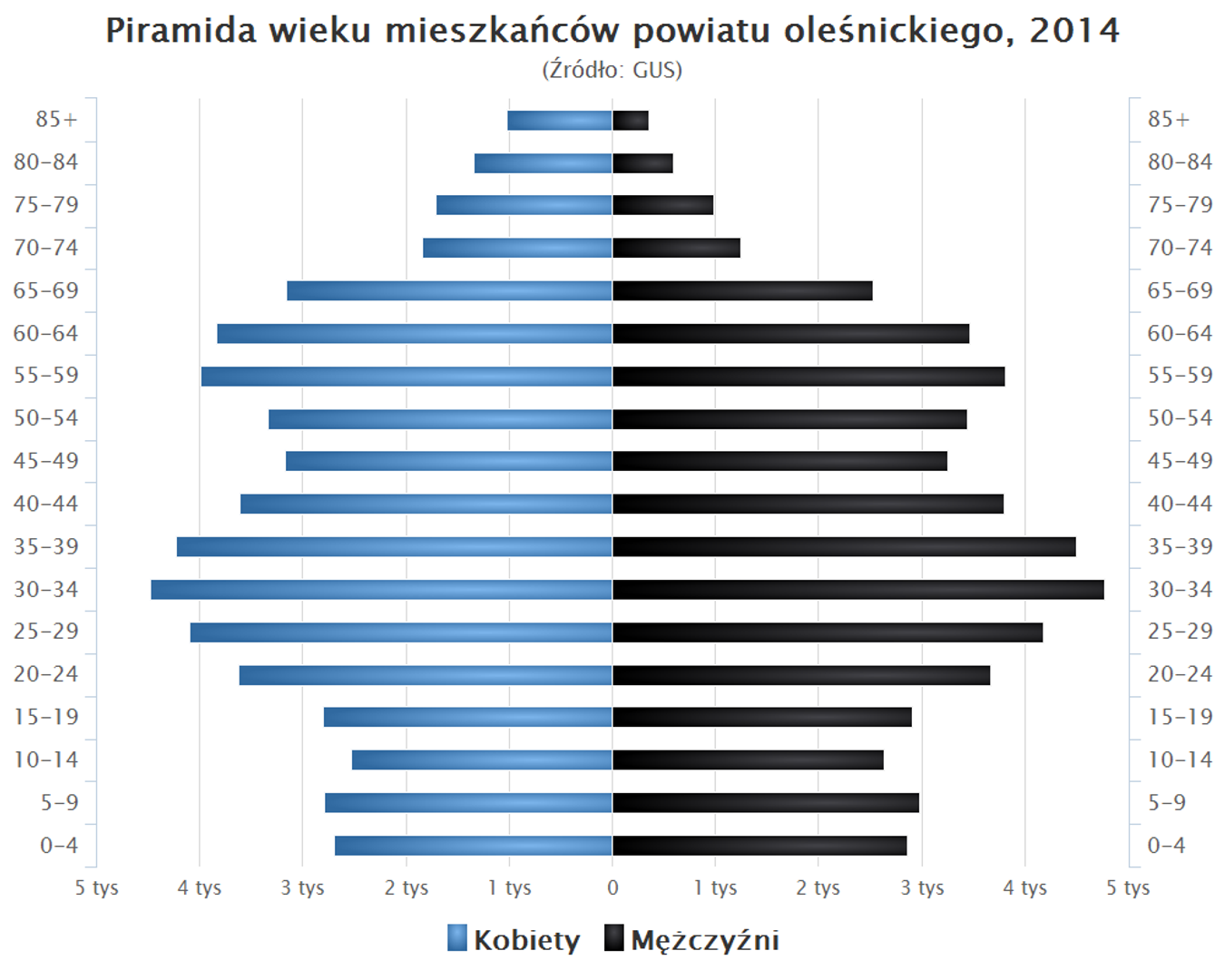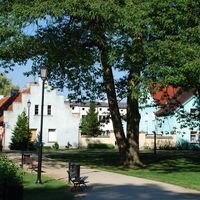Oleśnica County
6.99

Overview
Oleśnica County, located in the Lower Silesian Voivodeship and part of the Wrocław agglomeration, boasts a rich history and a diverse demographic structure. According to data from the end of 9, the population was 107,269, and by June 2020, it had increased to 107,328. The county was re-established in 1999, with its seat in the town of Oleśnica. It includes urban municipalities (Oleśnica), urban-rural municipalities (Bierutów, Międzybórz, Syców, Twardogóra), and rural municipalities (Dobroszyce, Dziadowa Kłoda, Oleśnica). Historically, before 1999, these municipalities belonged to the Wrocław and Kalisz voivodeships. Oleśnica County also features fascinating historical monuments, including 16th-century churches, remnants of the castle of the Dukes of Wrocław, medieval town walls, and other structures. In Bierutów, there is the 14th-century Church of St. Catherine and the ruins of an old cemetery church. In the rural municipality of Oleśnica, visitors can admire the wooden Church of Our Lady of Perpetual Help and a neo-Gothic palace dating back to 1850. The county has a varied history: during the Prussian era, it existed as Landkreis Oels, and its residents were a mix of Polish and German populations. In recent years, the unemployment rate has been around 5.2%, indicating a relatively stable job market. Oleśnica County is surrounded by other counties, including Oława, Wrocław, Trzebnica, Milicz, as well as several counties from the Greater Poland and Opole voivodeships. It is also noteworthy that the county bears historical traces of diverse cultures in its architecture and monuments, making it an intriguing destination for both tourists and residents.
Location
Country
2025 Wizytor | All Rights Reserved









